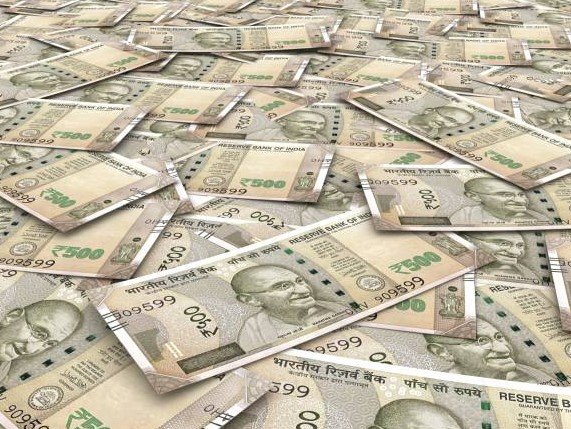The Indian rupee dipped below 88 against the US dollar on September 24, 2025, due to tariff worries and foreign investor outflows. The Reserve Bank of India may step in to control sharp swings, according to a recent report, aiming to steady the currency amid global and local pressures.
Rupee Faces Fresh Pressure
The rupee has faced tough times this year. It lost over 3 percent in 2025 so far, hitting a low of 88.7975 on Tuesday before closing at 88.69. This drop comes from US policy changes that scare investors.
Foreign portfolio investors pulled out funds, adding to the strain. Experts say this could keep pushing the rupee down in the short term.
Tariff talks and higher H-1B visa fees from the US play a big role. These factors make Indian exports less competitive and slow down money flowing into the country.

RBI’s Role in Stabilizing Currency
The RBI holds strong forex reserves of about 703 billion dollars, close to a record high. This gives the bank room to act and sell dollars to support the rupee.
Recent actions show the RBI has stepped in before. In February 2025, it made a big move worth up to 11 billion dollars to ease bearish views on the currency.
Traders expect more selective interventions in the spot market. If the rupee nears 89 against the dollar, the RBI might act strongly to prevent wild swings.
Such steps help keep volatility low. In 2023-2024, the rupee’s average yearly swing was just 1.8 percent, the lowest in over 20 years.
The bank aims to balance a weaker rupee for exporters with stability for the economy.
Forecast Points to Recovery by FY26 End
CareEdge Ratings sticks to its outlook for the rupee at 85 to 87 against the dollar by the end of FY26. This view rests on a softer dollar, a stronger Chinese yuan, and India’s controlled current account deficit.
A possible US-India trade deal could boost this recovery. The yuan gained 2.5 percent this year, reducing pressure on the rupee from past trade wars.
Other forecasts align somewhat. Some predict the rupee trading between 88 and 90 by year-end 2025, based on India’s growth and global events.
| Key Economic Indicators | Value | Change Year-to-Date |
|---|---|---|
| Forex Reserves | 703 billion USD | Near all-time high |
| Rupee Depreciation | 3%+ | In 2025 |
| Dollar Index | Weakened 10% | Due to US uncertainties |
| Yuan Appreciation | 2.5% | Against USD |
| Q1 FY26 Gross FDI | 25.2 billion USD | Inflows |
This table highlights factors that could shape the rupee’s path forward.
Global and Domestic Factors at Play
US trade policies create uncertainty. Fears of 50 percent tariffs on Indian goods could hurt exports and slow GDP growth to around 6 percent in FY26.
Foreign direct investment shows mixed signals. Gross inflows hit 25.2 billion dollars in Q1 FY26, but net FDI fell to 4.9 billion dollars as Indian firms invest more abroad.
On the positive side, the US Federal Reserve’s rate cuts widen the interest gap in India’s favor. This might draw more capital and support the rupee.
Domestic inflation stays low, giving the RBI options. No rate cut is expected in October 2025, but persistent US tariffs could lead to a 25 basis point cut later.
India’s current account deficit remains manageable, helping buffer against external shocks.
Potential Impacts on Indian Economy
A volatile rupee affects imports and exports. Higher oil prices add to the import bill, but a weaker currency helps exporters in sectors like IT and textiles.
If tariffs stick, growth might dip. Analysts warn of headwinds that could limit India’s expansion to 6 percent next fiscal year.
Rate differences with the US could attract inflows. The Fed plans more cuts than the RBI, which might strengthen the rupee over time.
Businesses watch closely. Exporters gain from depreciation, but importers face higher costs.
What Experts and Markets Say
Social media buzz reflects concern. Posts on platforms like X highlight fears of the rupee falling further, with some predicting levels up to 95 if pressures mount.
Market watchers note the RBI’s shift to allow controlled depreciation. This helps exporters facing low volumes while keeping inflation in check.
Traders see the rupee pausing around 88.50 to 90 in the near term. Weak US jobs data and Fed moves add to the mix.
Here are key pressures on the rupee:
- US tariff threats and visa fee hikes
- Ongoing foreign investor sell-offs
- Rising crude oil prices impacting imports
- Global dollar strength despite index weakness
Overall, the outlook mixes caution with hope for stability.
Share your thoughts on how rupee volatility affects you, and spread this article to keep others informed.
